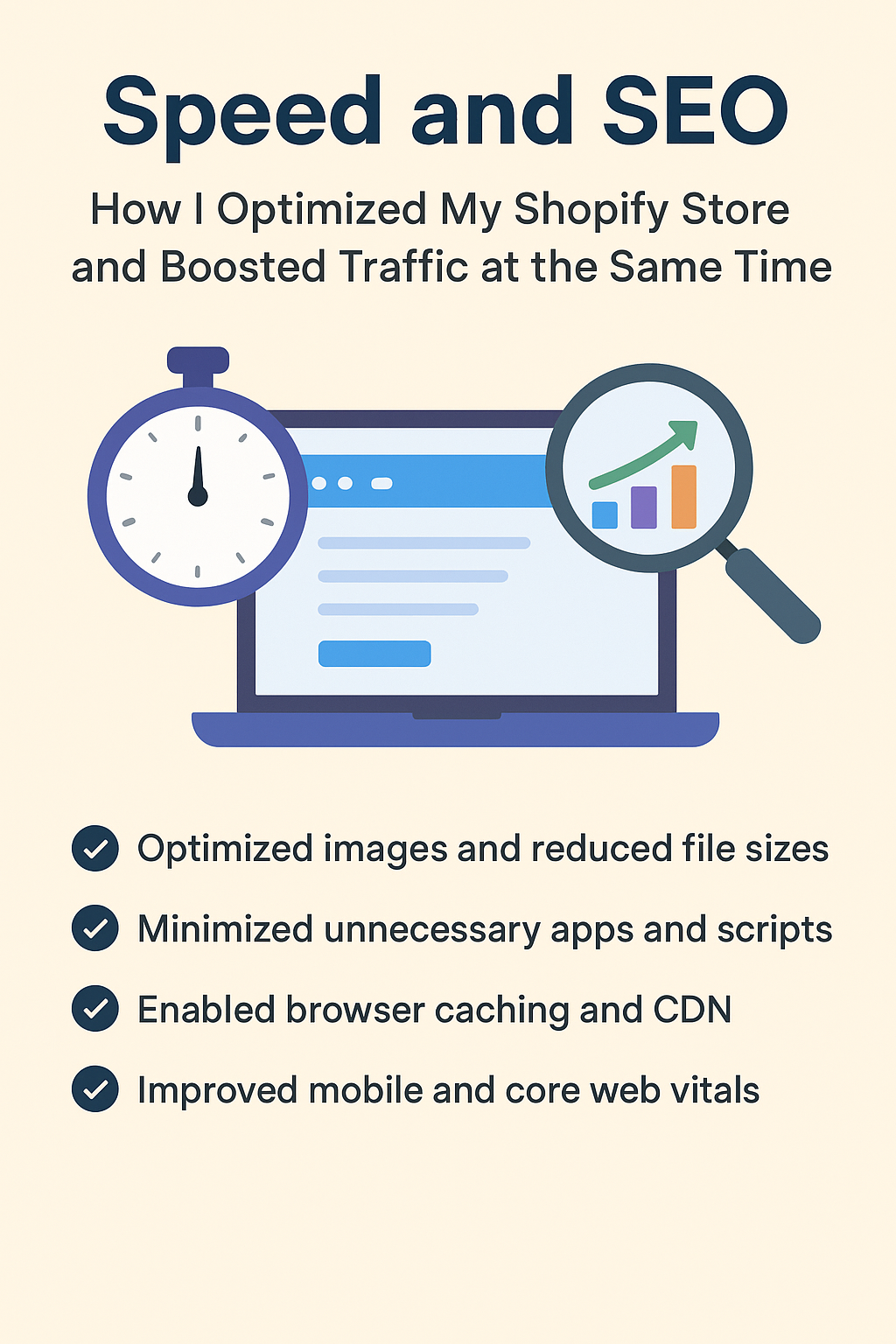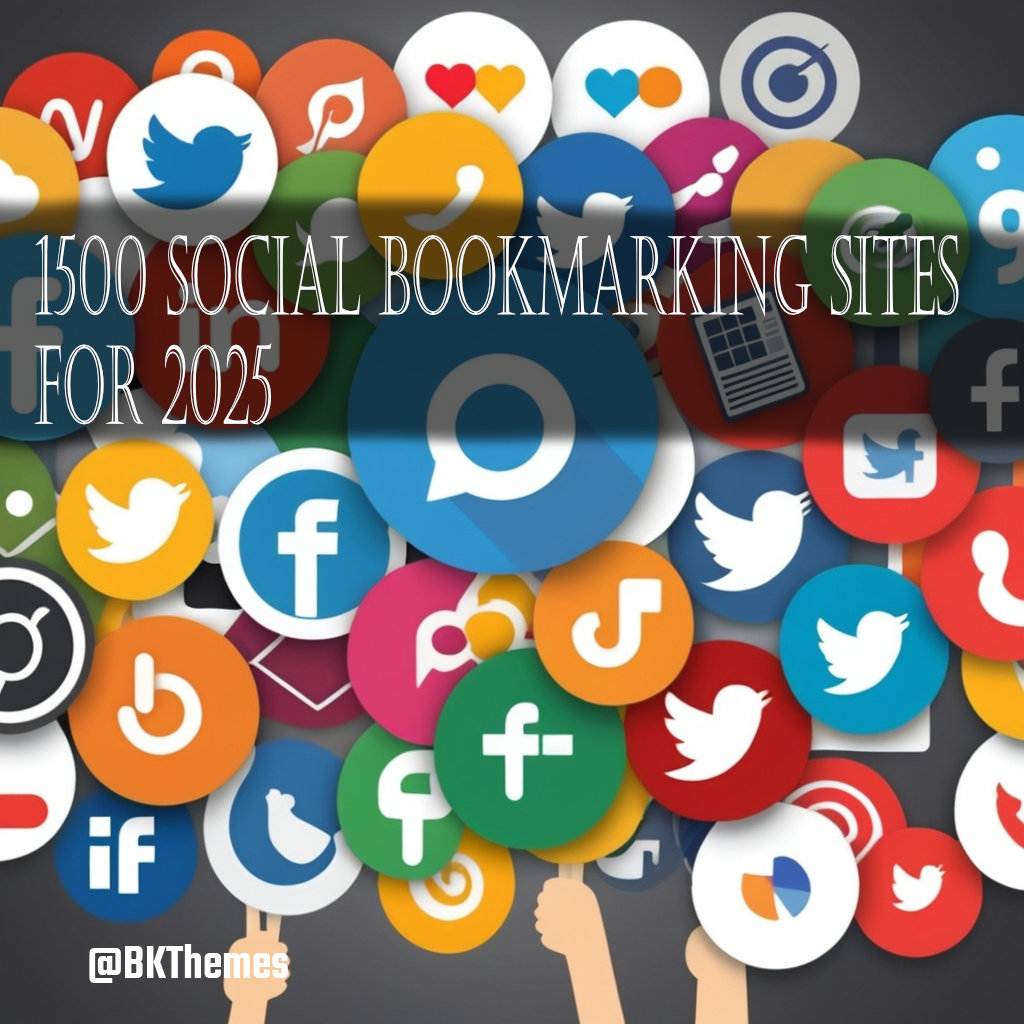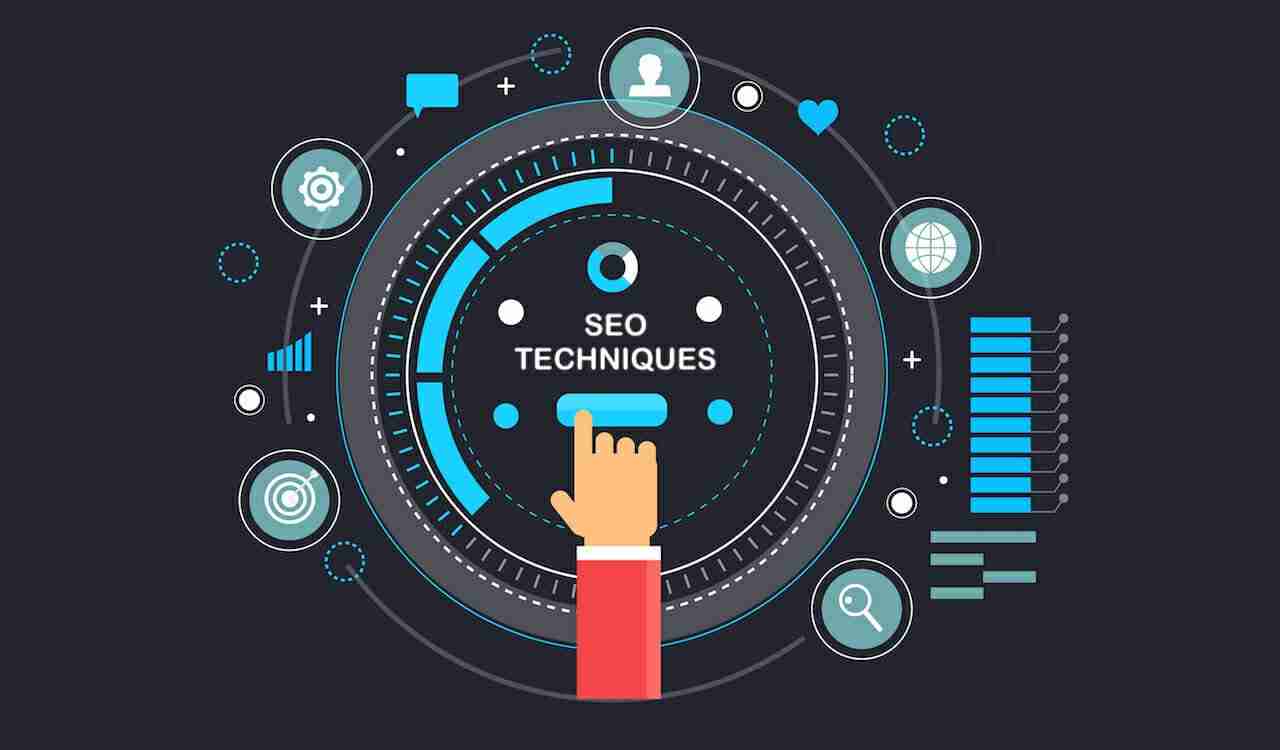
Introduction: Why Website Speed and SEO Go Hand-in-Hand
If there’s one thing I’ve learned running a Shopify store, it’s this — speed matters. A slow-loading site isn’t just annoying for visitors; it’s also a silent SEO killer. The relationship between website speed and SEO is closer than many realize. When your pages load quickly, users stay longer, bounce rates drop, and Google rewards your site with higher rankings.
In this post, I’ll break down exactly how I optimized my Shopify store’s speed and how those improvements skyrocketed both my traffic and sales. From image compression to lazy loading, I’ll share real, actionable strategies that improved my SEO performance — and can work for you too.
Understanding the Connection Between Site Speed and SEO
1. Google’s Core Web Vitals and Ranking Factors
Google’s Core Web Vitals — metrics like Largest Contentful Paint (LCP), First Input Delay (FID), and Cumulative Layout Shift (CLS) — measure how fast, stable, and responsive your site is. These metrics directly affect search rankings.
A fast, responsive site offers a better user experience, which means users spend more time browsing and less time bouncing. Google sees that as a sign of quality, pushing your pages higher up in search results.
2. User Experience and Conversion Rates
It’s not just about ranking — speed also affects sales. Studies show that every one-second delay in load time can reduce conversions by up to 7%. In eCommerce, that’s huge.
When I sped up my Shopify store, I noticed customers stayed longer, clicked through more pages, and completed more purchases. SEO improved, but so did revenue — a win-win.
The Challenges I Faced With My Shopify Store’s Speed
When I first launched my store, it looked great — but it loaded painfully slow. Product images were massive, third-party apps were stacking up scripts, and the theme wasn’t optimized for speed. It definitely need some on-page optimization.
Here were my main issues:
- Heavy, uncompressed images slowing down page load.
- Unused apps injecting extra JavaScript.
- Too many redirects and broken links.
- No browser caching or CDN integration.
These issues not only hurt user experience but also tanked my search performance. My bounce rate was high, and organic traffic was slipping.
How I Fixed My Shopify Store’s Speed (and Boosted SEO)
After weeks of testing and tweaking, here’s what finally worked.
1. Optimizing Images Without Sacrificing Quality
Images are one of the biggest speed killers on eCommerce sites. I started by:
- Compressing all product and banner images using TinyPNG.
- Switching to next-gen formats like WebP, which are smaller and faster to load.
- Setting up lazy loading, so images below the fold only load when users scroll.
This single change cut my average load time by 2.5 seconds and improved my LCP score instantly.
2. Reducing and Managing Shopify Apps
Every app you install adds code to your site — often JavaScript or CSS — which increases load time. I reviewed every app on my store and asked two questions:
- Does this app directly contribute to sales or user experience?
- Can I replace its function with a lighter alternative or built-in feature?
I ended up removing six apps and combining functionalities through Shopify’s built-in tools. This cleaned up my code and boosted speed significantly.
3. Enabling Browser Caching and Using a CDN
Static assets like images, stylesheets, and scripts don’t need to reload every time a visitor lands on your site. By enabling browser caching, returning users could load pages faster.
Next, I integrated Shopify’s built-in CDN (Content Delivery Network), which delivers content from the server closest to the user’s location. This slashed global load times, especially for international customers.
4. Minifying CSS, HTML, and JavaScript
Minifying means removing extra spaces, comments, and unnecessary characters in code. I used Shopify’s theme.liquid optimization tools and Google’s PageSpeed Insights recommendations to clean up files.
This not only improved site speed but also made Google’s crawlers process pages more efficiently — leading to faster indexing and better SEO rankings.
5. Implementing AMP (Accelerated Mobile Pages)
With mobile traffic making up more than 70% of my visitors, optimizing for mobile speed was crucial. I implemented AMP versions for blog posts and landing pages, ensuring lightning-fast load times on mobile devices.
The result? My mobile traffic increased by 38%, and my bounce rate dropped by nearly half.
6. Prioritizing Above-the-Fold Content
Google cares about how fast the visible portion of a page loads — that’s what users see first. I restructured my homepage so that only critical elements (like the header, hero image, and CTA) load first.
All other scripts and widgets load asynchronously, improving both LCP and user perception of speed.
Measuring the Results
After implementing all these optimizations, the results spoke for themselves:
| Metric | Before Optimization | After Optimization |
|---|---|---|
| Average Page Load Time | 6.2 seconds | 1.8 seconds |
| Bounce Rate | 58% | 31% |
| Organic Traffic | +0% baseline | +46% increase |
| Conversion Rate | 2.1% | 3.8% |
These numbers confirmed what SEO experts have said all along — site speed directly impacts SEO and business performance.
SEO Tools I Used to Track Progress
Here are some of the tools that helped me measure and maintain performance:
- Google PageSpeed Insights – for checking Core Web Vitals.
- GTmetrix – for detailed waterfall analysis of load times.
- Google Search Console – to monitor ranking improvements.
- Ahrefs – to track keyword growth and backlinks post-optimization.
- Shopify Speed Report – to get platform-specific recommendations.
Other SEO Benefits of a Faster Website
1. Better Crawl Budget
Google can crawl more of your pages in less time when your site loads quickly, improving how often and how deeply your content gets indexed.
2. Enhanced Mobile SEO
Speed is a ranking factor for mobile-first indexing. A faster site performs better on Google’s mobile SERPs, helping attract local and mobile shoppers.
3. Stronger Engagement Signals
When users stay longer and interact more, it sends positive engagement signals to Google — boosting both trust and authority metrics.
Long-Term Maintenance for Speed and SEO
Speed optimization isn’t a one-time project; it’s an ongoing process. I now perform:
- Monthly performance audits using GTmetrix.
- Image compression checks before every product upload.
- Theme updates every quarter.
- Regular removal of unused scripts and apps.
Consistency keeps your SEO strong and ensures you’re not losing ground as your store grows.
Conclusion: Speed = SEO Success
Improving website speed isn’t just a technical task — it’s an SEO strategy that pays dividends in traffic, rankings, and revenue. After optimizing my Shopify store, not only did my pages load faster, but my organic traffic soared, my conversions improved, and my customers stayed happier.
If you run an eCommerce site, make speed optimization a top priority. It’s one of the simplest, most impactful ways to strengthen both your SEO and your bottom line.
📧 Stay Updated
Get the latest web development tips and insights delivered to your inbox.




